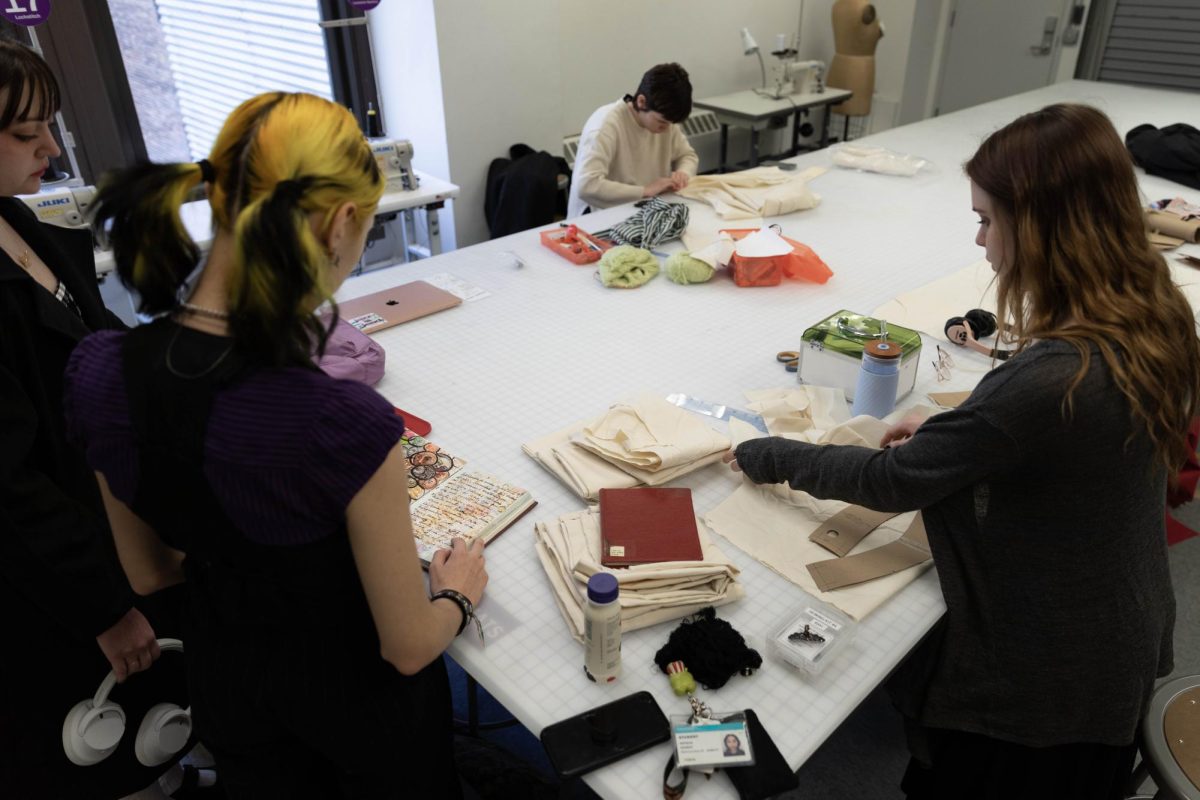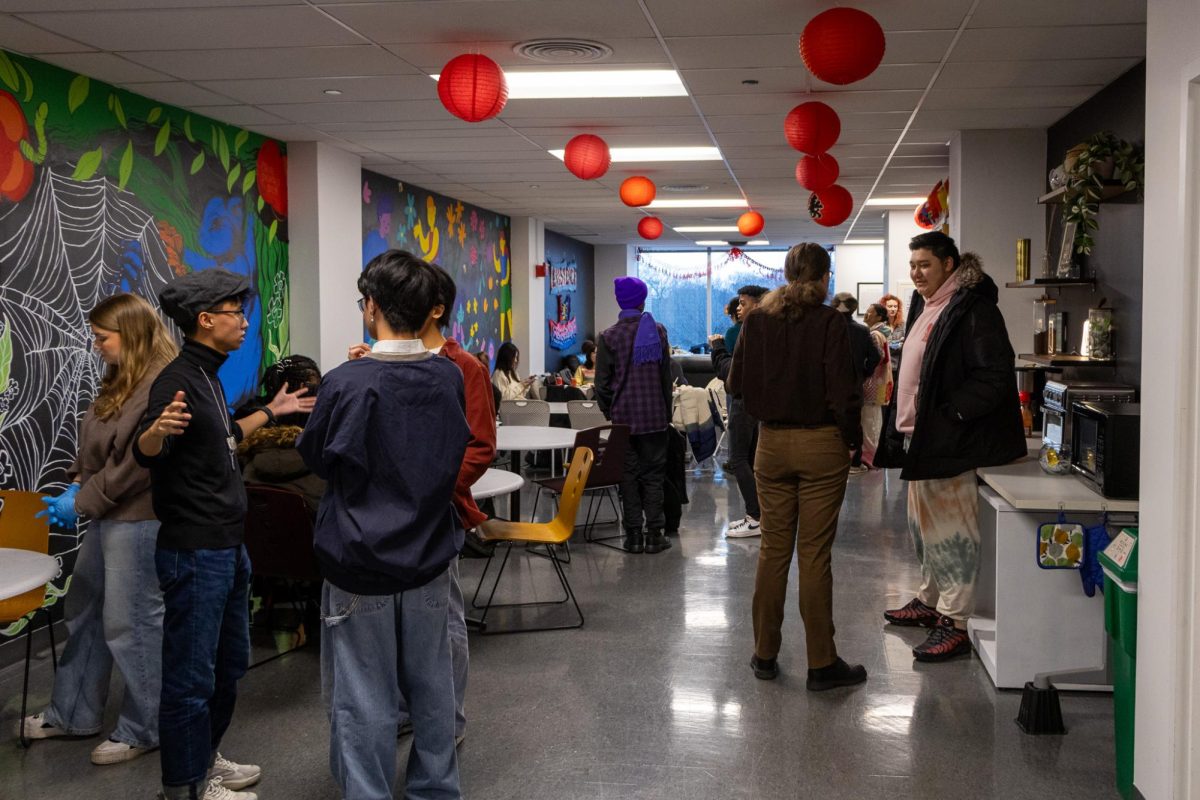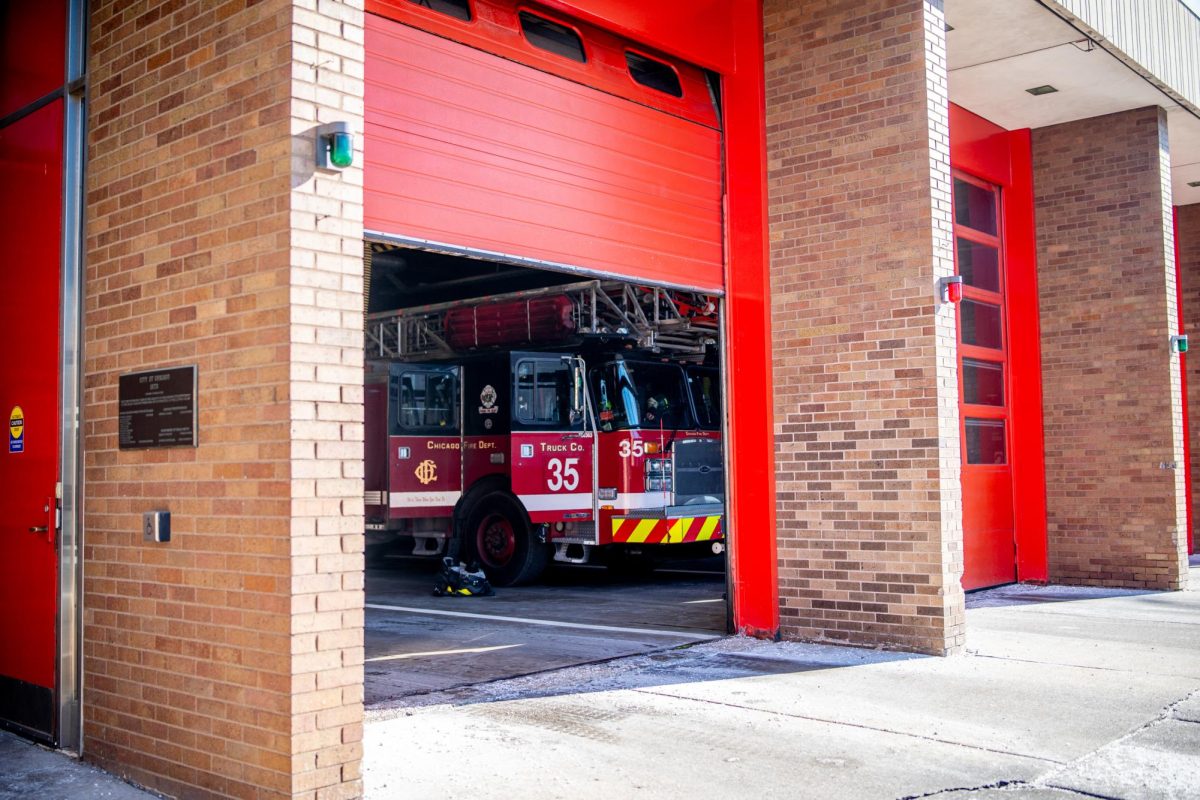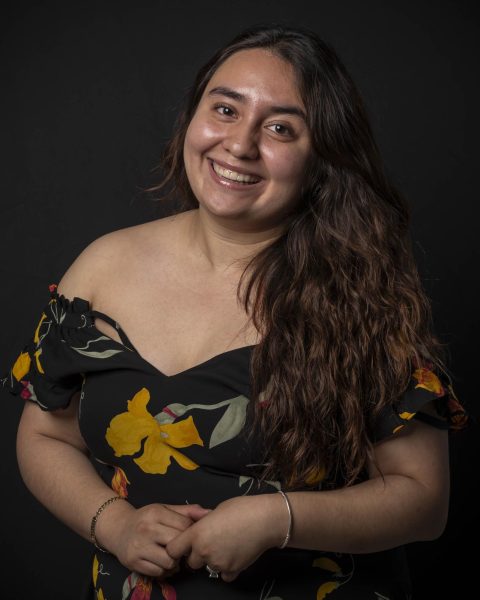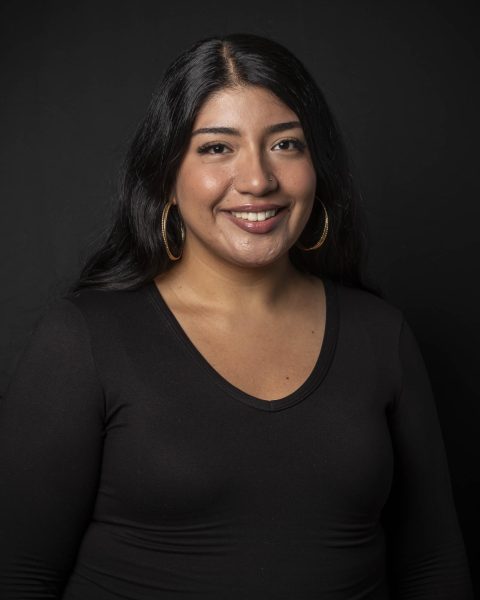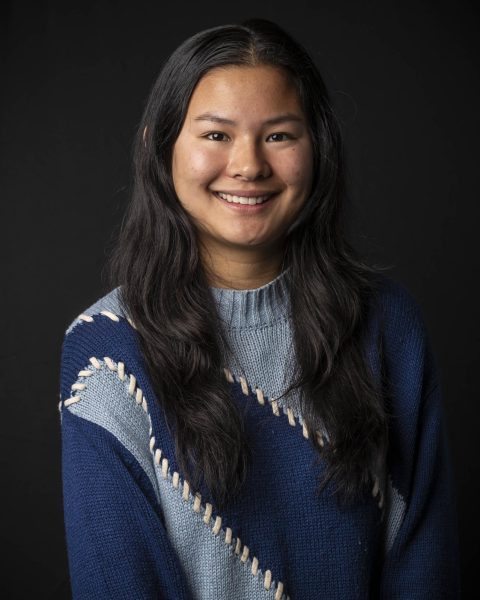As the college considers a possible restructure to address a $38 million budget shortfall, faculty are worried that the smallest programs at the college may be targeted for cuts.
Since 2019, overall enrollment has fallen from 6,947 in Fall 2019 to 6,529 students in Fall 2023. This spring, the enrollment went down another 12% to 5,757. The college is expecting enrollment to drop again by 1,000 students in Fall 2024.
Enrollment decreased even as the college has offered more financial aid and scholarships, the Chronicle previously reported. That has cost the college revenue needed to support its operating costs.
Some majors have grown, with acting, animation, fashion studies, graphic design, illustration, marketing and film and television all seeing increases in the past four years. Film and television is the largest major at the college with 1,233 students in Fall 2023, according to the Office of Institutional Effectiveness.
Other majors have seen decreases, including American Sign Language-English interpretation, comedy writing and performance and music.
“Personally, the biggest concern is the program, how any reorganization would impact the dynamics that we have within the American Sign Language Department,” K. Crom Saunders, associate professor in the ASL Department said through an interpreter. “We work well together, and if we have other staff and faculty involved, it wouldn’t be as beneficial for our students. We try to provide the best work we can for our students, and I feel like that might mess with the flow of what we do here.”
The Board of Trustees has asked President Kwang-Wu Kim to prepare a report on whether the college’s financial situation has become so bad that it needs to consider closing programs and laying off full-time faculty with tenured appointments.
This process for “adverse circumstances” is outlined in the college’s Statement of Policy.
Kim is expected to deliver his recommendations to the Faculty Senate on Wednesday, Feb. 28. After that, the senate will review the president’s report, establishing an ad hoc committee to research and offer rationales for its recommendations, according to an email to the senate from Faculty Senate President Madhurima Chakraborty.
The Executive Committee of the Faculty Senate will then submit a report to Kim on April 10. The president will give the Board of Trustees his completed recommendations on May 2.
“We don’t know more than what the rest of the college knows. We are waiting for what is going to happen,” said Eric May, associate professor in the English and Creative Writing Department. “I guess we will find out on Wednesday.”
Kim announced earlier this month he would step down on July 1. Senior Vice President and current Chief Financial Officer Jerry Tarrer will become interim president and CEO on July 2.
The last time Columbia closed programs because of “adverse circumstances” was in 2017.
The Education Department was dissolved and the early childhood education program moved to the Humanities, History and Social Sciences Department in 2017. At the time, there were 31 students in the program. The college stopped accepting new admissions in Fall 2018.
Several current majors have enrollment even smaller than that, with 14 majoring in cultural studies, 12 in the relatively new environmental studies major and 28 in photojournalism, according to the Office of Institutional Effectiveness.
In its review of programs, the college also is looking at enrollment trends, not just size of the program, uniqueness of the degree and retention.
“Our department is unique because we’re the largest program in the Midwest, in terms of retention, in terms of graduating students who are getting jobs within their field, and we have statistics that show that we see a lot of success within our program,” Saunders said of the ASL Department. “We’ve got numbers to solidify that.”
In an email last week, John Holmes, chairman of the college’s Board of Trustees, said the college is considering condensing its general education requirements and possibly moving them into the majors.
Colbey Emmerson Reid, chair of the Fashion Studies Department, said that some of her communication towards the provost’s office is about the “success of our program and its current state of thriving.”
“I feel very heard by the provost office. My senses were in accord that fashion studies is an attractive program to students,” Reid said. “I think like any program we have areas that we can improve in and we are always striving to do so.”
Some students in fashion studies said they have concerns about the changes that are happening at the college.
Josephine Mendoza’s dream school had always been Columbia. The sophomore fashion studies student just transferred and started this spring, The changes are making her “definitely nervous,” Mendoza said.
One of her major concerns is an increase in class sizes.
“Usually that means it is more difficult to attain a better education since you know they can’t focus on each student,” Mendoza said.
Reid acknowledged that classes have grown in size but said that “so far our response has been really good from students.”
Kiki Pyrros, a junior fashion studies major who commutes to campus from Indiana, chose Columbia because she wanted to study in the city.
But she said there have been some challenges, including getting into crowded fashion labs.
“There’s not enough work space and there’s not enough helpers in there,” Pyrros said. “You can’t get to everyone. It’s more of us as students help each other learn, which I guess is what they want.”
Dayline Ramirez, a sophomore majoring in fashion studies, has noticed that some classes are not offered while others are only taught during certain semesters, something she did not expect when she first looked at Columbia’s course catalog.
Most of her professors expect Ramirez and other students to come in knowing the basic knowledge of sewing and pattern making but she said she has only a beginning portfolio.
“Maybe there should be the same pattern and draping classes but in a more beginner’s sense,” she said, echoing a suggestion from a friend.
For Reid, it is a “wonderful thing” that students desire more availability. “We are known at Columbia for having a really thriving studio culture in fashion studies,” she said. “Actually I love it because it tells me students are using it and making that space as a community and filling its function. The more students ask, the more I can get for them.”


